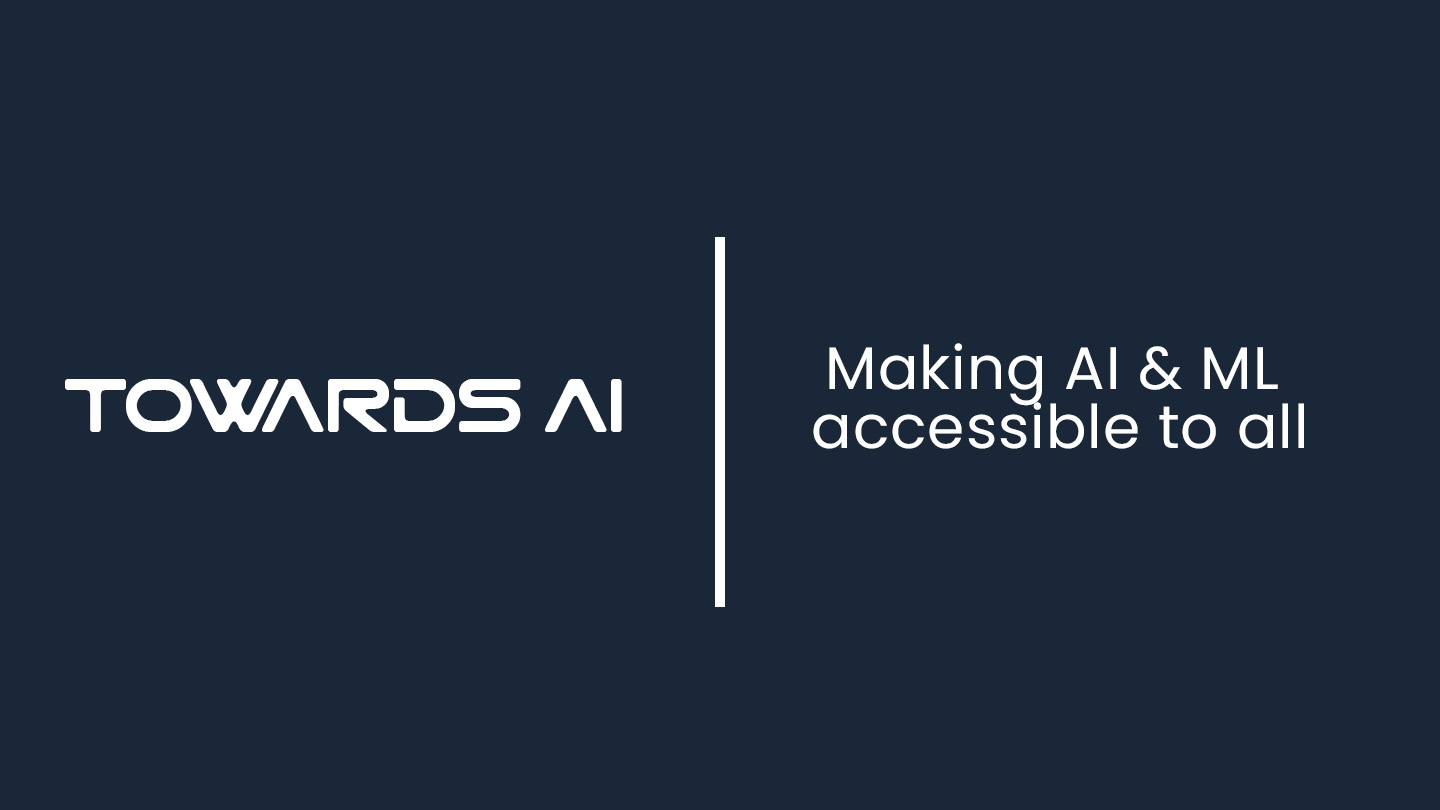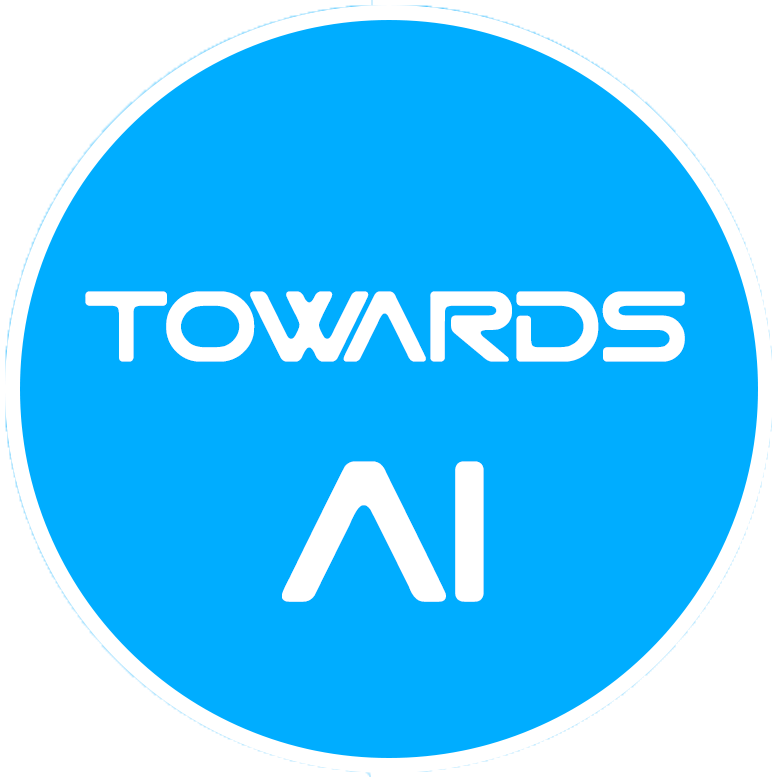
Text Preprocessing for NLP: A Step-by-Step Guide to Clean Raw Text Data
Last Updated on February 4, 2025 by Editorial Team
Author(s): Adipta Martulandi
Originally published on Towards AI.
A Beginner’s Guide to Cleaning and Preparing Text Data for NLP Models + Hands-on with Python
This member-only story is on us. Upgrade to access all of Medium.
Natural Language Processing (NLP) is at the heart of many groundbreaking applications, from chatbots and virtual assistants to sentiment analysis and machine translation. However, before any NLP model can perform effectively, the raw text data must undergo preprocessing. This crucial step ensures the text is clean, standardized, and ready for analysis, enabling models to extract meaningful insights and make accurate predictions.
Building a Natural Language Processing (NLP) project involves several key stages, from collecting raw text data to deploying a fully functional model. Each stage plays a crucial role in ensuring that the NLP system is accurate, efficient, and reliable. Picture above depicts step-by-step of a typical NLP pipeline.
Inconsistencies in Formatting: Text from multiple sources may include different capitalization, spelling conventions, and sentence structures.Presence of Noise: Stopwords (e.g., “the,” “is”), URLs, emojis, special characters, and numbers often need to be handled depending on the task.Unstructured Data: Raw text is inherently unstructured, making it challenging to extract useful features without preprocessing.
These challenges highlight the need for tailored text preprocessing pipelines that address the specific noise of the dataset.
Text preprocessing is the process of cleaning, normalizing,… Read the full blog for free on Medium.
Join thousands of data leaders on the AI newsletter. Join over 80,000 subscribers and keep up to date with the latest developments in AI. From research to projects and ideas. If you are building an AI startup, an AI-related product, or a service, we invite you to consider becoming a sponsor.
Published via Towards AI














